 Armed Police hold anti-terrorism drill in SE China's Xiamen
Armed Police hold anti-terrorism drill in SE China's Xiamen Harbin Int'l Ice and Snow Festival opens
Harbin Int'l Ice and Snow Festival opens 'Jin' named the word of the year by cross-strait netizens
'Jin' named the word of the year by cross-strait netizens Chinese scientific expedition goes to build new Antarctica station
Chinese scientific expedition goes to build new Antarctica station
 Chinese naval escort fleet conducts replenishment in Indian Ocean
Chinese naval escort fleet conducts replenishment in Indian Ocean 17th joint patrol of Mekong River to start
17th joint patrol of Mekong River to start China's moon rover, lander photograph each other
China's moon rover, lander photograph each otherAction, now
As there is no short-term possibility of drastically cutting the use of coal, the dominant fuel in north China and elsewhere, the only viable option in smog management is to curtail the use of cars.
However, we need not rely on expert opinion for incriminating evidence about auto exhaust and its impact. We feel it every day in our eyes, nostrils and ears.
If the public cease to consider private or officials cars as status symbols, then it would be soon realized that cars are no longer a rational choice for mobility in big cities.
The Wall Street Journal reported recently that Beijing’s average car travel speed is only 7.5 miles per hour (12.1 km/h), half as fast as in New York City. This means someone running just under an eight-minute mile could get where they’re going faster than a car in Beijing.
Worse, the stop-and-start traffic means alternating between braking and accelerating, which requires more gas consumption, and thus, more toxic fumes. The report said that Los Angeles incurred more than 3 billion U.S. dollars in pollution-related mortality costs in 2010.
Do we have the figures in China, where the exploding number of cars demands more resources be diverted and devoted to the automobile in the form of roads, elevated and underground highways, parking and other facilities?
Clearly, the success of our efforts to solve the smog problem calls for individual efforts, but it also hinges on the conscience and integrity of our officials and experts.
The name of this weekly column comes from the saying that one man’s meat is another’s poison.

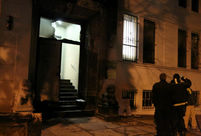 Chinese Consulate General in S.F. burned for arson attack
Chinese Consulate General in S.F. burned for arson attack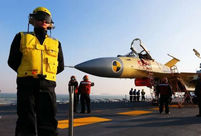 Roar of J-15 fighter is melody for operator on the Liaoning
Roar of J-15 fighter is melody for operator on the Liaoning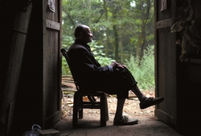 A 90-year-old forester's four decades
A 90-year-old forester's four decades Most touching moments in 2013
Most touching moments in 2013 2013: Joys and sorrows of world politicians
2013: Joys and sorrows of world politicians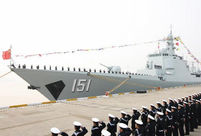 Missile destroyer Zhengzhou commissioned to Chinese navy
Missile destroyer Zhengzhou commissioned to Chinese navy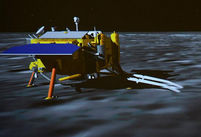 China is technically ready to explore Mars
China is technically ready to explore Mars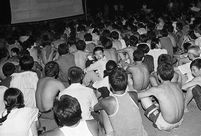 Photo story: Life changed by mobile technology
Photo story: Life changed by mobile technology Bullet train attendants' Christmas Eve
Bullet train attendants' Christmas Eve Heart-warming Laba porridge
Heart-warming Laba porridge Gallery: China's trapped icebreaker makes successful escape
Gallery: China's trapped icebreaker makes successful escape Photo story: We are special soldiers
Photo story: We are special soldiers Exploring the 'Maritime Silk Road'
Exploring the 'Maritime Silk Road' Armed Police hold anti-terrorism drill in SE China's Xiamen
Armed Police hold anti-terrorism drill in SE China's Xiamen Beautiful churches around the world
Beautiful churches around the worldDay|Week|Month